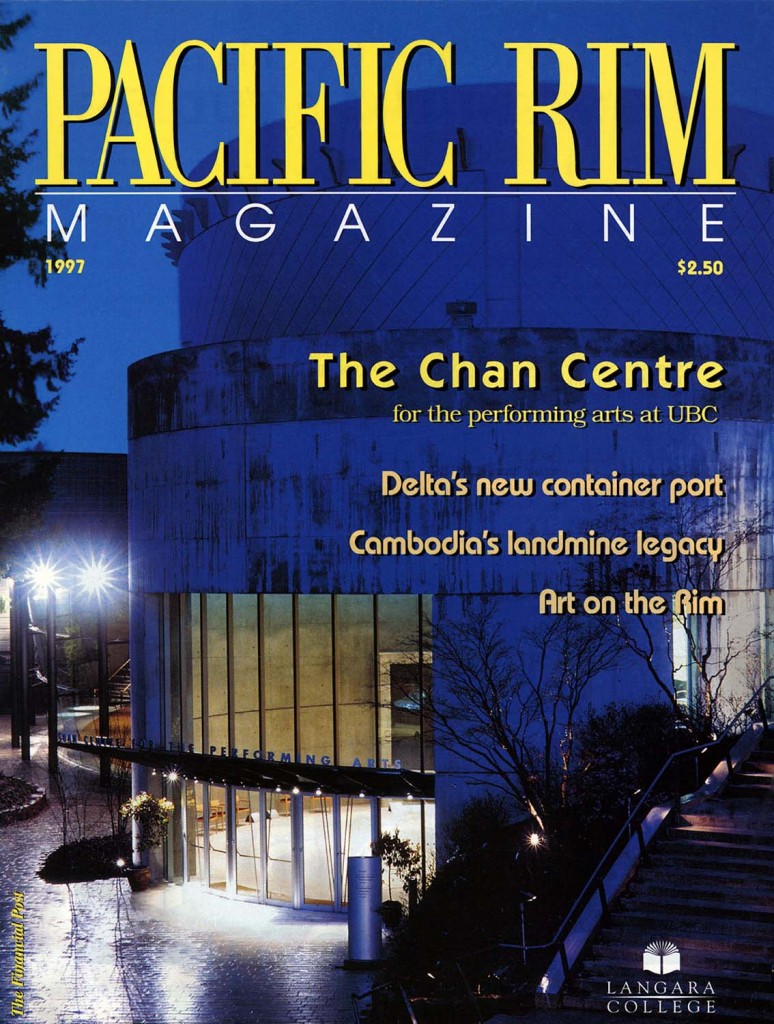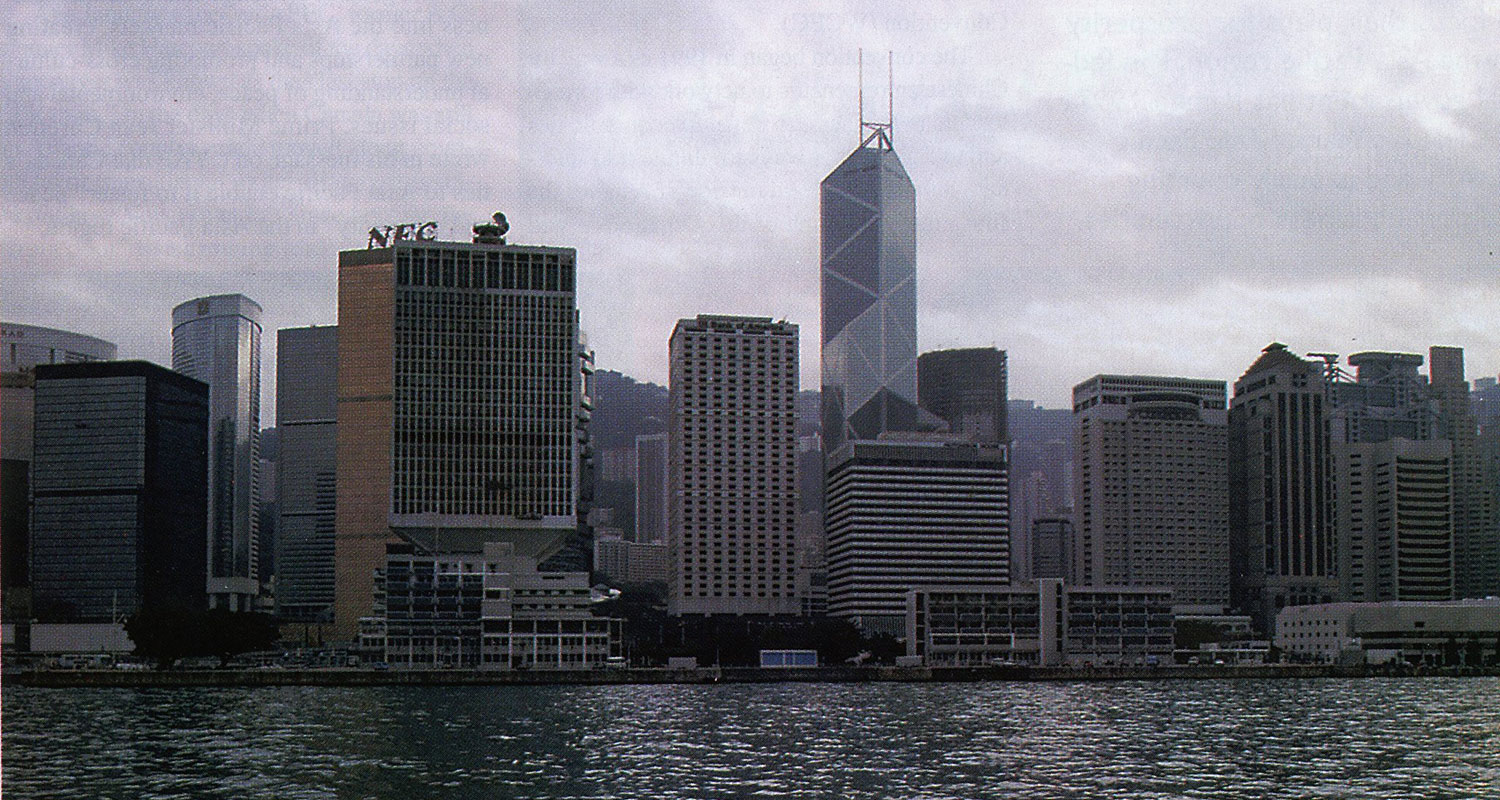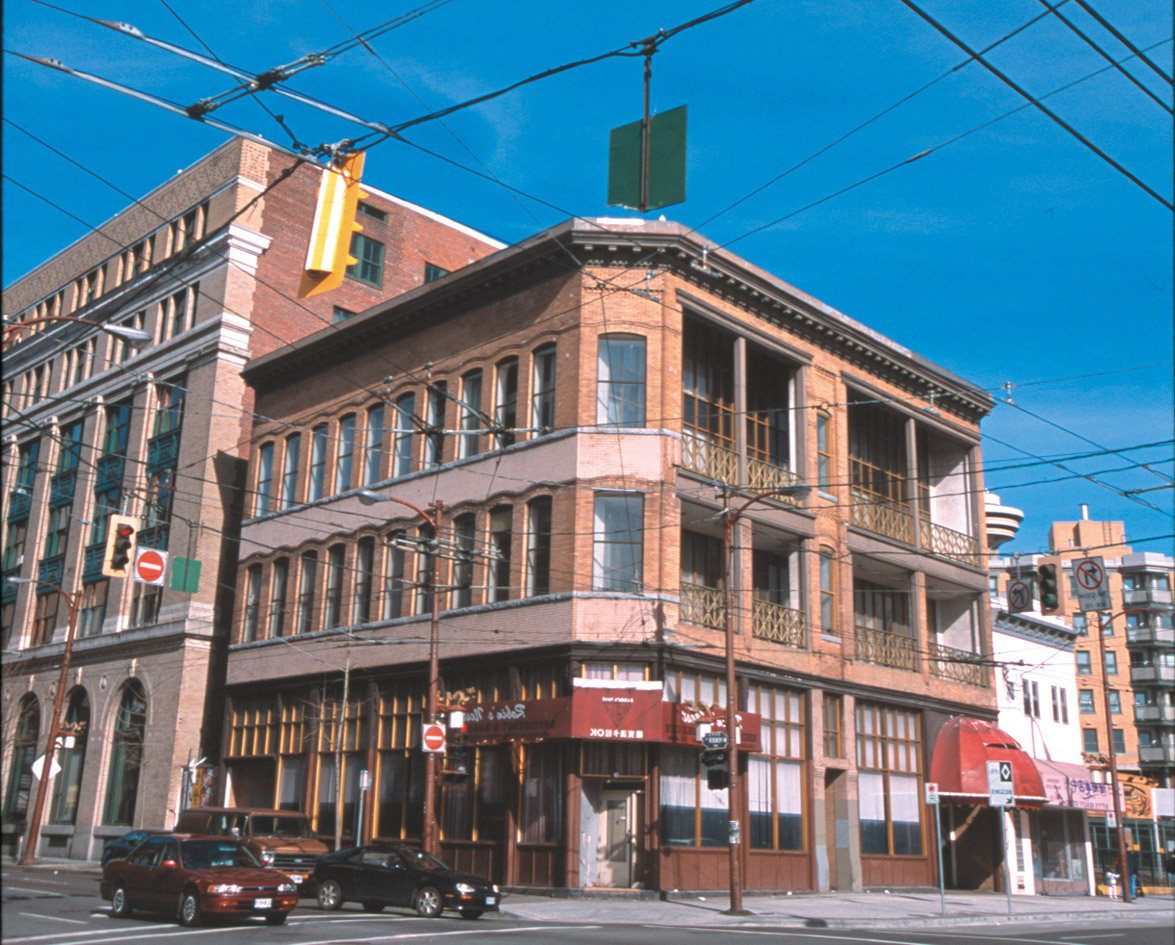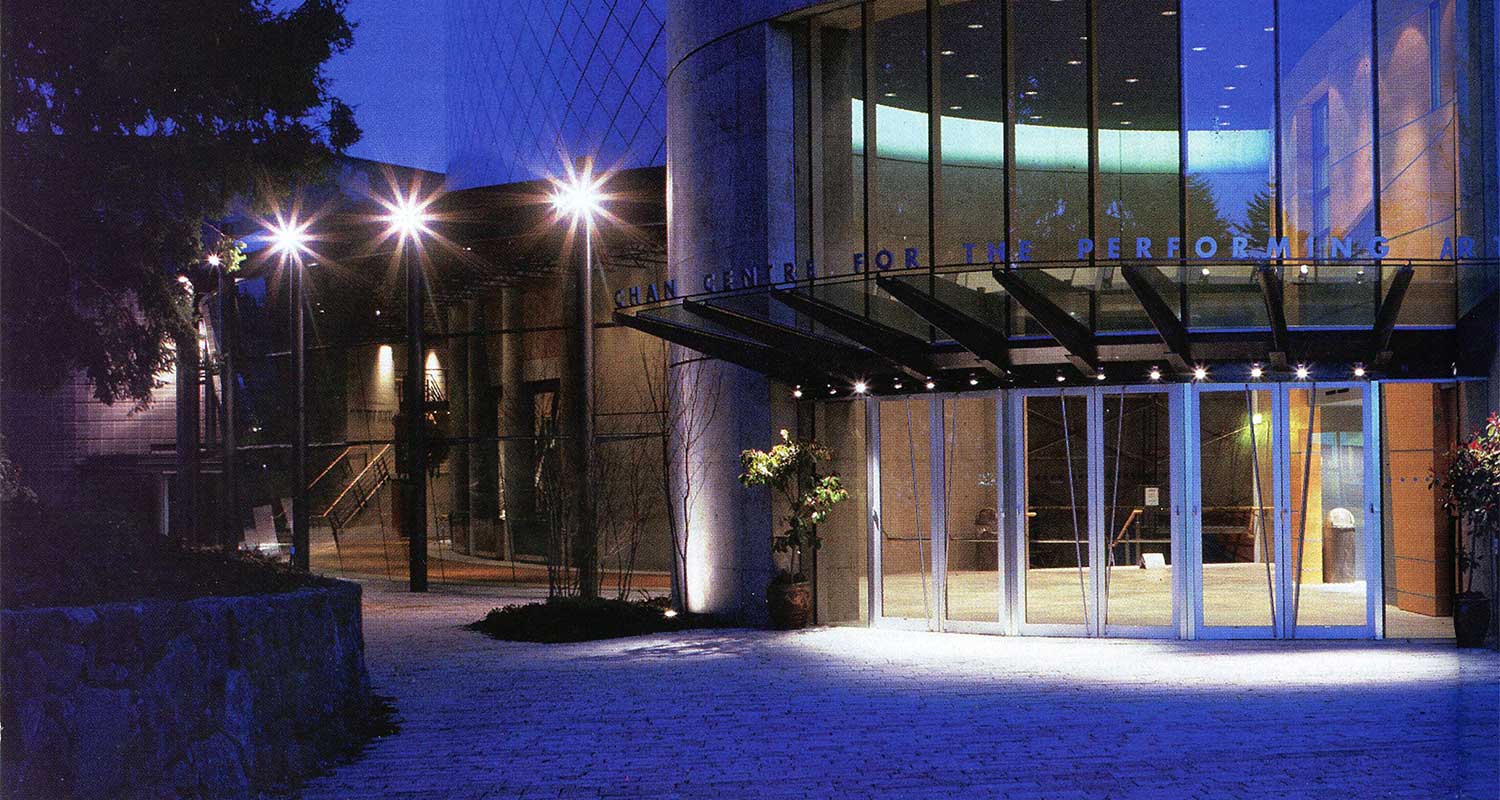What is tiny in diameter may be great in character. For example, Victoria’s Chinatown. The structures of this tiny section of the city reveal the merging of two world traditions. In the oldest Chinatown in Canada, what was once a newcomer’s sanctuary from discrimination by Caucasians, is now a community that integrates the architectural ideas of each into one glorious form-through which many voices of Chinatown’s history still speak.
The first Chinese immigrants to Canada came to Victoria in 1858 on their way to the Fraser River gold fields. When many stayed in Victoria to open shops, a new community began. It later became the gateway to the rest of Canada: in 1886 nearly 3,000 Chinese lived in Victoria, in comparison with only 50 in what is now Vancouver.
Victoria’s Chinatown soon became a community full of vigour, with everything from a school to opium dens (the latter were legal establishments until 1908). Fan Tan Alley, supposedly the smallest alley in the world, takes its name from Fan Tan, one of the more popular gambling activities. As you look on buildings in Fan Tan Alley, you can still see the Chinese names of old gambling dens.
In 1979, the ambitious Chinatown Beautification and Preservation project was launched: most of the buildings were not even up to fire and building codes. The project created today’s Chinatown, a safe and welcoming place which still maintains the integrity of the former town.
Interesting Structures In Chinatown
The Gate of Harmonious Interest, or Tong Ji Men, is the most interesting structure in terms of cultural symbolism. Its overall theme is Unity in Duality. This theme is seen in the Gate’s treatment of the Golden Dragon, a Yang element, and the Red Phoenix, a Yin element. Red symbolizes joy and festivity while gold symbolizes wealth and prosperity. These colours together with touches of Qing (a blue-green colour), which is symbolic of growth and peace-represents the harmony of the elements. In particular, the red and gold represent the union of heaven and earth.
You may also notice bells hung from the corner of the gate.These, Buddhists and Taoists believes chime in the wind to ward off evil spirits. On either side of the gate are two lions, who act as guardians protecting Chinatown. The female lion on the right side and the male on the left again signify the balance of Yin and Yang. While you may have previously admired the beauty of the Gate of Harmonious Interest, understanding the significance of the gate adds brains to beauty.
Another interesting structure, just up the street from the Gate, is the Chinese Public School, built in 1909. Designed by David C. Frame, the School contains both Chinese and Western architectural elements. Set 40 feet back from Fisgard Street, the school is pagoda-like in structure. The tiled roof, upturned eaves and roof corners, and finely detailed wooden balcony of Chinese influence blend nicely with the Italianate cornices, Moorish windows and Gothic trefoils.
Repeating decorative elements that fortify the cultural mix occur throughout Victoria’s Chinatown. The sidewalks are decorated with Chinese characters known as Shou. Lamp-posts, phone booths, trash cans and the prettiest parking meters all have modern Western functions, but Chinese-influenced design.
A layout similar to that of ancient towns in China is also seen. Buildings have internal passageways which allow travel from the street through to a courtyard and often to a building that isn’t visible from the street. David Chuenyan Lai states in his book The Forbidden Town that these courtyards were designed to allow ventilation, open spaces and light; later, however, the courtyards and interconnecting passageways became escape routes when police raids targeted overcrowding, gambling and prostitution.
The appreciation of the culture within Chinatown can be taken further than just visiting the stores or eating at the restaurants. By studying the walls and buildings around you, you can also appreciate the history of Victoria’s hidden city.











